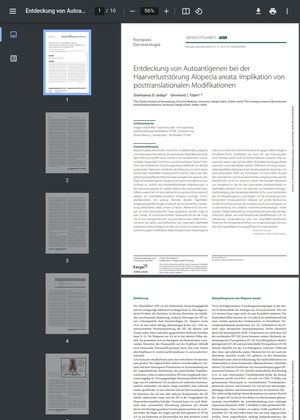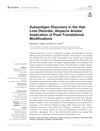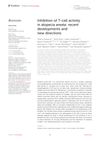Discovery of Autoantigens in the Hair Loss Disorder Alopecia Areata: Implications of Posttranslational Modifications
January 2023
in “
Karger Kompass. Dermatologie
”

TLDR Scientists are still unsure what triggers the immune system to attack hair follicles in Alopecia areata.
The study "Entdeckung von Autoantigenen bei der Haarverluststörung Alopecia areata: Implikation von posttranslationalen Modifikationen" investigates the role of autoantigens and post-translational modifications (PTMs) in Alopecia Areata (AA), a hair loss disorder. The researchers found that PTMs, such as citrullination, deamidation, and oxidation, can alter the structure of hair follicle proteins, making them unrecognizable to the immune system and leading to an autoimmune response that results in hair loss. The most prominent autoantigen proposed is Trichohyalin (TCHH), which is mainly located in the inner root sheath of the hair follicle and synthesized primarily during the Anagen phase of hair growth. The study suggests that understanding the target antigens of autoantibodies and T-cell receptors in AA is crucial for more effective patient stratification, characterization, and treatment. This discovery could lead to new therapeutic approaches for Alopecia areata.


